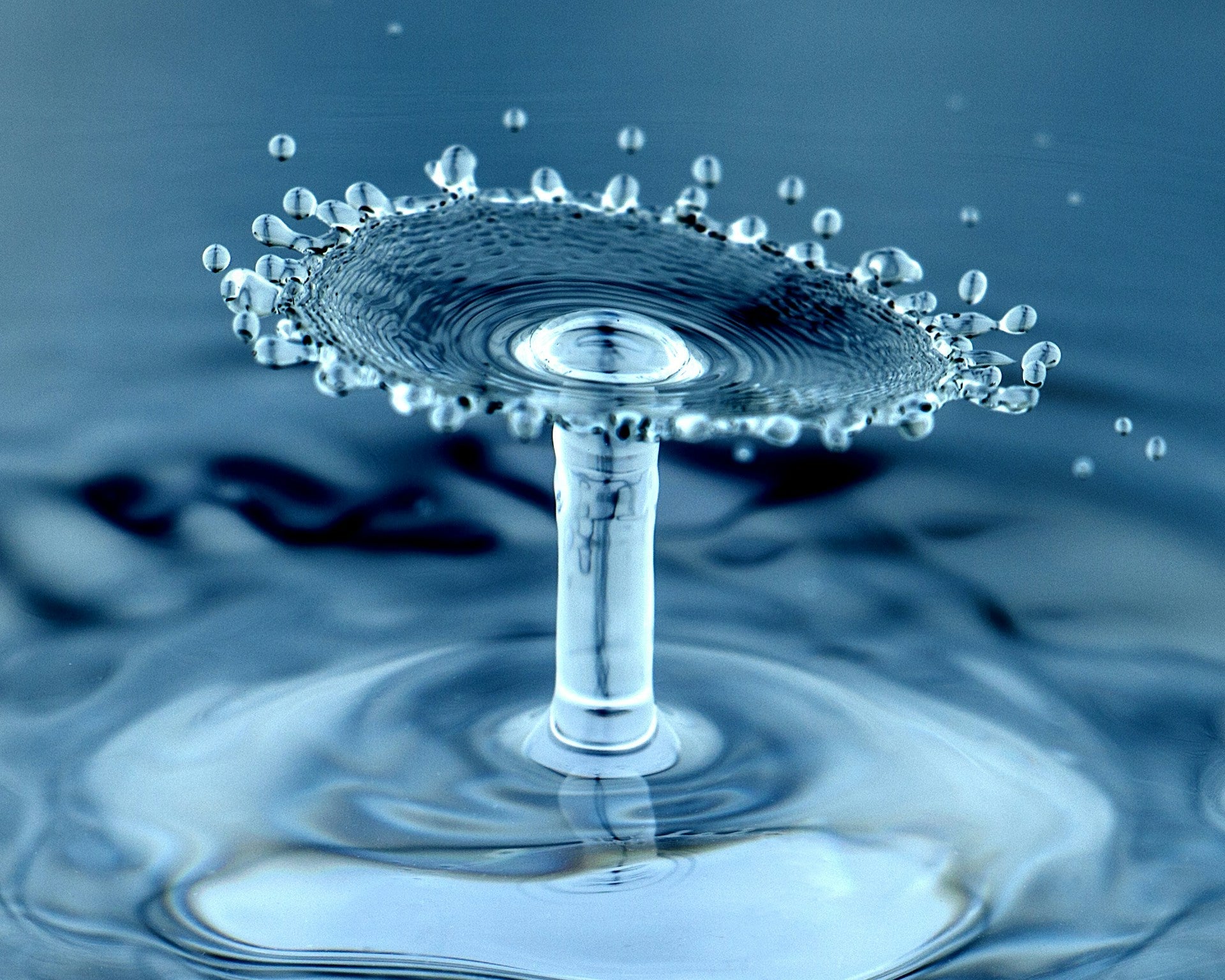
Stay Hydrated
How to Stay Hydrated While Hiking: A Guide to Safe and Efficient Hydration
Introduction
Staying hydrated while hiking is essential for maintaining energy, focus, and overall well-being. Whether you’re trekking on a short day hike or embarking on a multi-day backpacking trip, dehydration can lead to fatigue, dizziness, headaches, and even serious health risks like heat exhaustion or heat stroke.
Many hikers underestimate how much water they need, especially in hot, high-altitude, or humid conditions. This guide will cover why hydration matters, how much water you should drink, the best ways to carry water, and practical tips for staying hydrated while hiking.
1. Why Hydration is Crucial for Hikers
Your body loses water through sweating, breathing, and exertion, and if you don’t replenish it, performance and health can suffer.
Effects of Dehydration on the Trail
🚨 Mild Dehydration (1-3% water loss):
- Dry mouth
- Increased thirst
- Fatigue and sluggishness
🚨 Moderate Dehydration (4-6% water loss):
- Dizziness
- Headaches
- Muscle cramps
🚨 Severe Dehydration (7%+ water loss):
- Heat exhaustion
- Nausea and confusion
- Risk of heat stroke or kidney issues
Key Takeaway: By staying properly hydrated, you improve endurance, prevent fatigue, and keep your body functioning at its best.
2. How Much Water Do You Need While Hiking?
Your water needs depend on temperature, altitude, terrain, and personal factors. However, a general guideline is:
💧 Half a liter (16-17 oz) per hour in moderate conditions
💧 1 liter per hour in hot, dry, or high-altitude environments
How to Calculate Your Water Needs:
🔹 Short Day Hikes (3-5 miles): Bring at least 1-2 liters of water.
🔹 Moderate Hikes (6-10 miles): Carry 2-3 liters, depending on weather.
🔹 All-Day or Long-Distance Hikes: Plan for 4+ liters and refill from water sources along the trail.
Pro Tip: If you feel thirsty, you’re already slightly dehydrated. Drink small amounts regularly rather than waiting until you’re very thirsty.
3. Best Ways to Carry Water While Hiking
Bringing enough water without adding unnecessary weight is key. Here are the best options:
1️⃣ Hydration Bladders (Best for Hands-Free Drinking)
💦 Pros:
✅ Easy access (sip through a tube while walking)
✅ Holds 2-3 liters in a backpack reservoir
✅ Great for long-distance hikes
💦 Cons:
❌ Harder to monitor water levels
❌ Can be punctured if not careful
Recommended: CamelBak or Platypus hydration reservoirs
2️⃣ Water Bottles (Best for Simplicity & Durability)
💦 Pros:
✅ Easy to refill and track water intake
✅ More durable than hydration bladders
✅ No risk of leaks in your pack
💦 Cons:
❌ Requires stopping to drink
❌ Bulkier than a hydration bladder
Recommended: Nalgene (lightweight & durable) or collapsible bottles like HydraPak
3️⃣ Filtered Water Bottles (Best for Refilling on the Trail)
💦 Pros:
✅ Allows refilling from natural water sources
✅ Removes bacteria and parasites (safe drinking water)
✅ Great for long hikes or areas with water sources
💦 Cons:
❌ Filters need occasional cleaning or replacement
❌ Slower to drink from than hydration bladders
Recommended: LifeStraw Go or Grayl Geopress
4. Finding & Filtering Water in the Wilderness
If you’re hiking for several hours or days, you can’t always carry all the water you need. Knowing where and how to safely refill is essential.
Safe Water Sources in the Backcountry
✅ Flowing streams and rivers
✅ Clear lakes (preferably moving water)
✅ Spring water sources
🚫 Avoid:
❌ Stagnant ponds
❌ Water near animal activity
❌ Murky or algae-covered water
Best Water Purification Methods
Even if a water source looks clean, it may contain bacteria, viruses, or parasites like Giardia. Always filter or purify before drinking.
🔹 Water Filters (Best for Daily Use)
✔ Removes bacteria & protozoa
✔ Lightweight & easy to use
✔ Recommended: Sawyer Squeeze, Katadyn BeFree
🔹 Purification Tablets/Drops (Best for Emergencies)
✔ Effective against viruses
✔ Takes 30-60 minutes to purify
✔ Recommended: Aquamira, Katadyn Micropur
🔹 Boiling Water (Best for Campsites)
✔ Kills all contaminants
✔ Requires a stove and fuel
✔ Boil for at least 1 minute before drinking
Pro Tip: Always carry a backup purification method (e.g., water filter + tablets) in case of gear failure.
5. Pro Tips for Staying Hydrated While Hiking
✅ Drink Before You Feel Thirsty
Waiting until you’re thirsty means you’re already dehydrated. Take small sips every 15-20 minutes to stay ahead.
✅ Hydrate Before You Start
Drink 500ml (about 16 oz) of water before hitting the trail. This reduces how much you need to carry initially.
✅ Use Electrolyte Tablets or Powders
If you're sweating a lot, water alone isn't enough. You need electrolytes (sodium, potassium, magnesium) to prevent cramps and fatigue.
🥤 Recommended: RE-Lyte by Redmond.life
6. Signs You’re Not Drinking Enough Water
🚨 Early Warning Signs of Dehydration:
- Dark yellow urine (should be light yellow or clear)
- Dry lips and mouth
- Fatigue and headache
🚨 Severe Dehydration Symptoms:
- Dizziness or confusion
- Lack of sweating
- Rapid heartbeat
If you feel weak, dizzy, or lightheaded, stop immediately, rest in shade, and drink water with electrolytes.
Final Thoughts
Proper hydration is one of the most important aspects of safe and enjoyable hiking. By planning your water intake, carrying the right gear, and knowing how to find and filter water, you’ll avoid dehydration and keep your energy levels high.
Key Takeaways:
✅ Drink at least half a liter per hour on moderate hikes.
✅ Carry hydration bladders for hands-free drinking or bottles for easy refills.
✅ Filter or purify all natural water sources.
✅ Use electrolytes to replace lost minerals.
✅ Listen to your body—if you feel thirsty, drink!
By staying ahead of dehydration, you’ll hike longer, feel better, and enjoy every step of your adventure. Stay hydrated, and happy trails!
